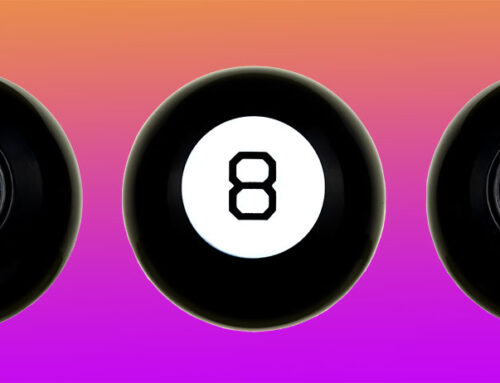Reading the front-page article in the New York Times on “sensitivity readers, ” I was struck how the choice of words can have unintended consequences. Read the article and see if you agree with me. The issue is…sensitive.
In brief, sensitivity readers screen for slurs, discrimination or ignorance of cultural realities for the purpose of removing inadvertent bias or prejudice or simply erroneous interpretations due to ignorance, especially when authors write outside of their expertise or knowledge. A rabbinical student screening a book by a Hindu author about a Jewish orthodox wedding would be an example of a sensitivity reader trying “to anticipate blind spots before they ignite full-blown social media conflagrations.” Sensitivity readers are sought especially for children’s books, which can influence young minds in formative and impressionable stages.
I have no problem with stringent editing, and can’t imagine a publisher not screening for any number of problems – legal, cultural, technical or literary – even for books written by authorities on the subject. And the article did point out how sensitivity readings could approach censorship or lead to homogenized literature. The stance against censorship was that “sensitivity readers aren’t preventing authors from tackling tough subjects or writing cross-culturally, but helping to guard against misrepresentations.”
My initial reaction to sensitivity readers was negative, but then I wondered why, since I don’t advocate bias or prejudice or honest mistakes that evoke bigotry or misrepresent realities. My problem is “sensitivity” being used as a sweetener to remove any possible bitter taste of the text, a whisper to the author and publisher and ultimately reader that reading for sensitive issues will make the book neutral, correct, sanitized and informative without bias. But, what of strongly held opinions not shared by everyone, such as many social, political or religious issues?
Confounding literary editing with the concept of sensitivity raises troubling issues for me.
Isn’t literature supposed to expose as much as, if not even more so, than inform? Do children benefit by reading books whitewashed from uncomfortable situations or points of view – yes, including prejudice – which they may encounter from their diverse peers or social situations? Isn’t there a role for parental or teacher guidance for this? Is protection well served by avoidance? Aren’t the best books the ones that acknowledge conflict, injustice and raw truth by showing, rather than those that give a vanilla taste to bitter herbs?
Cultural norms are seldom shared, and those of one group may be offensive to another group: should those norms be blotted out of books? And what about the evolution of prevalent norms and prejudices? Offensive words can become acceptable over time. Movies and television and books today are filled with dialogue such as, “What the fuck?” that’s no longer taboo in the same fashion as it was yesterday. Just when was “yesterday?” We don’t know what contentious words, events or ideas today will be accepted tomorrow? Might the representation of prejudice be a quicker route for its extinction than its avoidance by omission?
For sure bias and bigotry can be, and usually is, damaging and reinforces undesirable social movements. Prejudice permeates culture as cancer cells metastasize bodies. Think of anti-Semitic or anti-Muslim or racist comments. However, I caution against using selected readers using subjective criteria of cultural sensitivity, an ambiguous concept that opens the lid for the viewpoints of the sensitivity readers rather than the authors and, most importantly, the general readers, for drawing fine lines between reasonable literary editing, censorship and manipulating opinions.
I believe that sensitivities vary with individuals and change over time. It wasn’t long ago that a sensitivity reader would probably have targeted gay or interracial marriage. Books, like art, are valuable cultural histories, as genes and fossils are imprints of evolution from which we trace our identity.






Leave A Comment